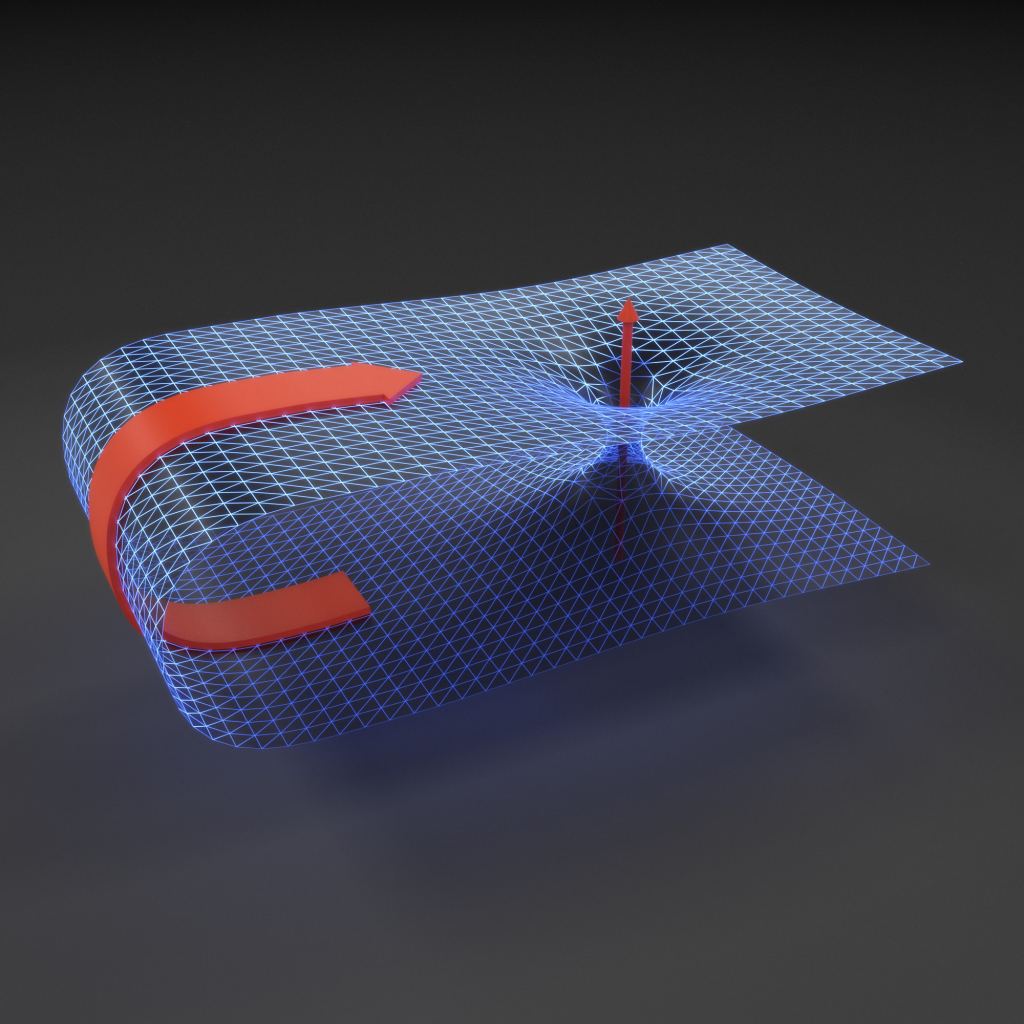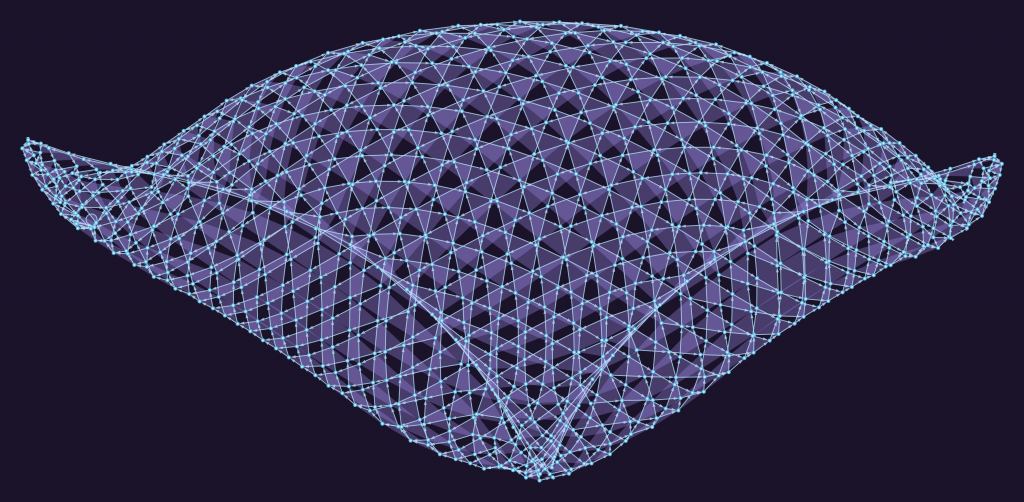In my last post, I talked about the idea of warp drive and whether it might one day be possible. Today I'll talk about another faster-than-light trick: wormholes.
Wormholes are an old idea in general relativity. It's based on work by Albert Einstein and Nathan Rosen, who tried to figure out how elementary particles might behave in curved spacetime. Their idea treated particle-antiparticle pairs as two ends of a spacetime tube. This Einstein-Rosen Bridge would look like a black hole on one end, and an anti-black hole, or white hole, on the other end.
The particle physics idea never panned out, but work inspired other researchers to study ER-bridges as a possible shortcut through space. If wormholes were traversable, you could burrow through spacetime like a worm burrowing a hole through an apple. It didn't take long for theorists to discover this wouldn't work. Although wormholes are valid solutions to Einstein's equations, they collapse so quickly you'd never have time to go through them. In general relativity, wormholes aren't traversable.
Of course, impossibility never stops a persistent theoretician, and soon they figured out you could make a wormhole traversable by lining it with some kind of negative energy. The same kind of negative energy that could be used for warp drive. But as I mentioned last time, matter with negative mass/energy doesn't seem to exist.
But all is not lost. We know that Einstein's theory must break down at quantum scales because it is a classical theory. Presumably, there is some quantum theory of gravity that supplants general relativity. We don't yet have a complete quantum gravity model, but we do have several approximate models that will point us in the right direction.
One of these models is known as the Einstein-Dirac-Maxwell theory. It is so named because it includes aspects of Einstein's theory of gravity, Maxwell's theory of electromagnetism, and Dirac's theory of quantum particles. Recently a team found a wormhole solution to the Einstein-Dirac-Maxwell equations.
The team found that their wormhole solution was fully traversable. What's more, the solution doesn't require any negative-energy states. In principle, that would allow you to travel through the wormhole without needing negative mass. The only catch is that you would need to be in a quantum state. So microscopic clumps of atoms could travel through this wormhole, but not people.
While this is interesting work, it is just a toy model. There are lots of solutions to Einstein's equations that can't exist for reasons beyond gravity. The team plans to explore their idea further to see if their solution is yet another impossible idea, or whether there might be a way to create this kind of quantum wormhole. And if this idea does work, it will still be easier to pass through the eye of a needle than it will be to enter the distant heavens.
Reference: Blázquez-Salcedo, Jose Luis, Christian Knoll, and Eugen Radu. " Traversable wormholes in Einstein-Dirac-Maxwell theory." *Physical Review Letters* 126.10 (2021): 101102.
 Universe Today
Universe Today


